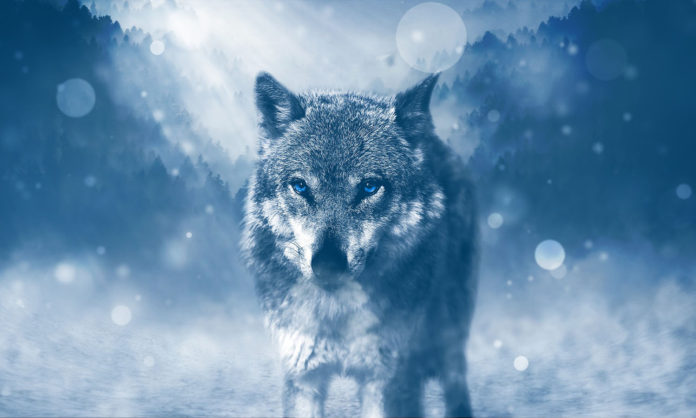In an article for CrimeReads, Amber Cowie discusses how horror can be used as more than a jump scare, but as a narrative tool to make change, raise silenced voices, and shed light on the dark place in society.
“Horror stories often gain traction in times of social unease,” Cowie says. “In this moment, socio-economic structures, and the harm they have incurred on both individuals and communities are being questioned once again—and for good reason. It’s not an easy time to be alive.”
As real-life historic horrors come to light, creators and audiences turn to horror stories. “These stories seek to make sense of the senseless and elicit a response that goes far beyond fright,” Cowie says. “This type of horror is grounded in a central belief; fear has the power to lift us up.”
This kind of horror – sometimes called “elevated” horror – relies on dark themes rather than body counts. “The genre’s central conceit is that once evoked, deep fear cannot remain unexamined,” Cowie explains. “Posing psychological, social and political questions—what is the meaning of sanity? how does race create reality? what happens when a way of life has been decimated?—to drive these stories means finding an answer becomes imperative for anyone who wants to sleep again.”
This kind of horror often invokes outsider narratives and gets under the audience’s skin. “Jordan Peele’s Get Out immerses viewers in the unspoken uncertainties and tensions between white and black people before horrifically amplifying them,” Cowie notes. “Collective fear lets us learn from the experience of another—a whispered retelling of a nightmare in the darkest hours of the night gives us insight in the light of the day.”












